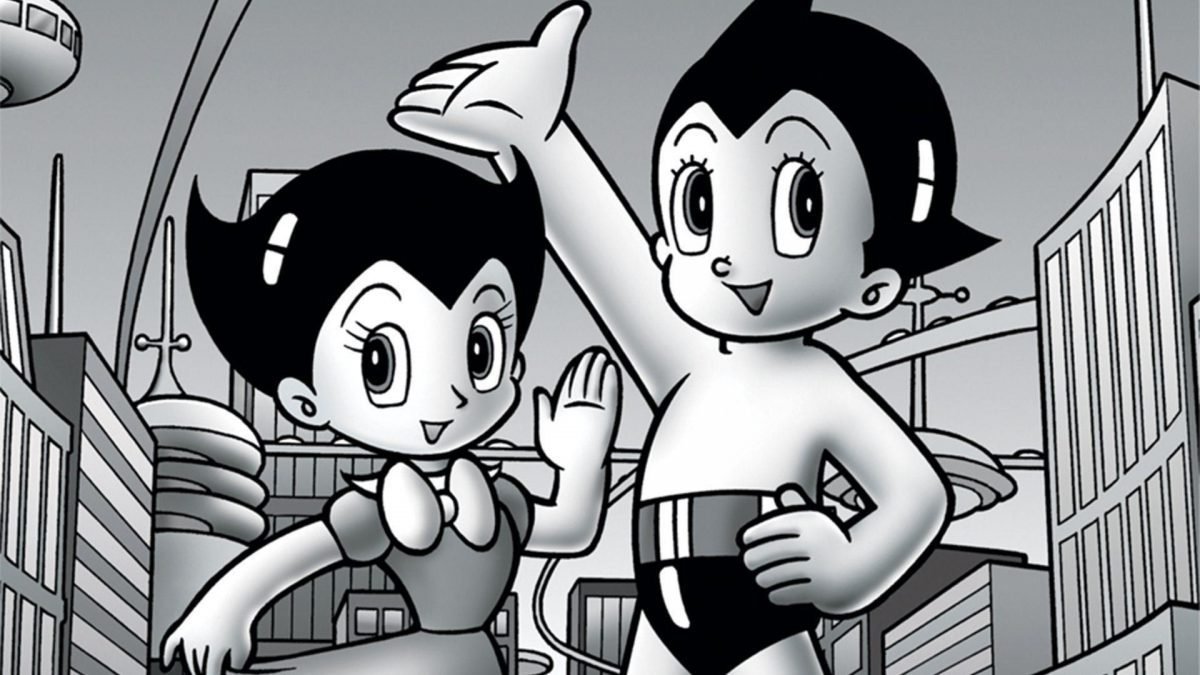Although anime has become a part of our world culture, watched by fans from all over the globe, the word anime has some interesting history to it. From the early years of the industry, the most common term for animation in Japan was doga, meaning “moving pictures,” but when the groundbreaking Tetsuwan Atom (Atom Boy) aired in 1957, it was marketed as “TV manga,” starting the early trend of referring to animation with the same word that’s used for comic books, manga. The first known example of the word anime being used as an abbreviation for “animation” was in 1965, in an industry magazine for independent film directors, and the word started to spread out to fans from this point. By the time the popular World Masterpiece Anime Theatre series began in 1975, bringing classic works of children’s literature like Heidi, Girl of the Alps and A Dog of Flanders to viewers, the word anime was universally used to refer to the genre. One of the biggest events for anime fandom as a whole was Tokuma Shoten’s launching of popular anime magazine Animage in 1978, which went on to define many of the concepts of the genre that we take for granted now, bringing all fans together under the same big tent. Although the word anime is often used in the west to mean the opposite of traditional Western animation, Japanese will readily refer to Disney films using the term.
Sukiyaki Sad Song: JAL Flight 123 and The Day Kyu Sakamoto Died
August in Japan is always a heavy month, and not just because of the heat and humidity. It’s the season...















